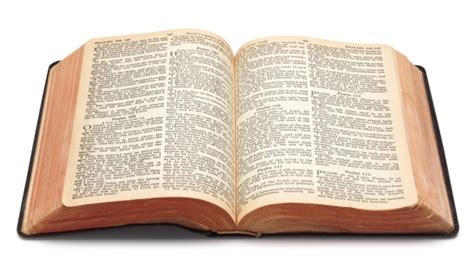Here is a variety of commentaries on this verse.
I did not see anything from the Hebrew as mentioned in the OP
22:6. Formative years
The training prescribed is lit. ‘according to his (the child’s) way’, implying, it seems, respect for his individuality and vocation, though not for his selfwill (see verse 5, or 14:12). But the stress is on parental opportunity and duty. Train means elsewhere to ‘dedicate’ a house (Deut. 20:5), temple (1 Kgs 8:63), etc. Possibly a trace of this meaning clings to it.
Derek Kidner, Proverbs: An Introduction and Commentary, vol. 17, Tyndale Old Testament Commentaries (Downers Grove, IL: InterVarsity Press, 1964), 139.
Train up a child (early)
in the way he should go—The verb which, according to Arabic analogies, is equivalent to
imbuit, initiavit (comp. Schultens on this passage), denotes here the first instruction that is given to a boy, his early education and the formation of his habits. Compare the expression of Horace (Ep. I., 2, 69):
Quo semel est imbuta recens, servabit odorem Testa diu; and also the modern proverbs
Jung gewohnt, alt gethan [Young accustomed is done old]: or “
Was Hänschen nicht lernt, lernt Hans nimmermehr” [“What little Johnnie does not learn, John learns never.” So our English proverb—“Just as the twig is bent the tree’s inclined.”] עַל־פִי דַרְכּוֹ can have no other meaning than “according to the standard of his way” (Gen. 43:7; Lev. 27:8,
etc.),
i.e., according to the way that is determined for him, according to the calling and the manner of life for which he is intended. With this interpretation, which is as simple as it is pertinent, Hitzig’s emendation may be dismissed as superfluous: עַל־פִּי רֻכּוֹ, “according to his tenderness, since he is still tender.” [Notwithstanding the “simplicity” of the interpretation “in accordance with his way, or his going,” three different meanings have been found in it. It may be,
a) “his way” in the sense of his own natural and characteristic style and manner,—and then his training will have reference to that to which he is naturally fitted; or
b), the way in life which he is intended by parents or guardians to pursue; or
c) the way in which he ought to go. The last is moral and relates to the general Divine intention concerning man’s earthly course; the second is human and economical; the first is individual and to some extent even physical. Yet although the third presents the highest standard and has been generally adopted and used where little account is made of the original, it has the least support from the Hebrew idiom. So De W., B., K., S., H. (?), and others.—A.
John Peter Lange et al.,
A Commentary on the Holy Scriptures: Proverbs (Bellingham, WA: Logos Bible Software, 2008), 192.
22:6 Direct your children. “Direct” is from
khanak [TH2596, ZH2852], a rare word found elsewhere only in Deut 20:5, 1 Kgs 8:63, and 2 Chr 7:5, always in the sense of
dedicating a structure to God. If one’s own home was not
consecrated, one was not prepared for holy war. See also the cognate nouns
khanukkah [TA/ZA10273, S2598], from Aramaic, and Heb.,
khanukkah [TH2598, ZH2853], used for the “dedication” of cultic objects (Num 7:10–11; Neh 12:27; Dan 3:2–3). Here, religious language is employed to highlight the needed level of devotion. Every parent mimics Solomon the wise, who dedicated the Temple, by similarly committing their child to the path of wisdom. This involves long-term moral and religious education, not lacking in physical discipline (22:15). Hildebrandt also sees here the initiation of a cadet into manhood and adult responsibilities (1988:10).
onto the right path. Lit., “in accordance with his way.” Delitzsch argues that this denotes the child’s nature: “The education of the youth … ought to regulate itself according to … the degree of development [to] which the mental and bodily life of the youth has arrived” (1875:86–87; cf. Garrett 1993:188). But the image of the path does not predicate human nature but rather a lifestyle and system of valuation that are both learned and chosen—“the way he ought to go” (McKane 1970:564), “according to the standard and status of what would be demanded of the
na‘ar [TH5288, ZH5853] in that culture” (Hildebrandt 1988:18). This verse should be seen in the light of the first nine chapters of Proverbs. The “path” (
derek [TH1870, ZH2006]) with the third-person pronominal suffix is found 18 times in Proverbs, culminating in its final usage here. In every case it signifies life direction and moral character. See the way of the oppressor (3:31), of the ant (6:6), of the loose woman (7:25), of Wisdom (3:17), and of God (8:22). Here, youths committed by wise parents to the good path (not the thorny one of 22:5) are set for life. The themes of 22:5–6 resume in 22:15.
George M. Schwab,
“The Book of Proverbs,” in
Cornerstone Biblical Commentary, Vol 7: The Book of Psalms, The Book of Proverbs (Carol Stream, IL: Tyndale House Publishers, 2009), 589–590.

